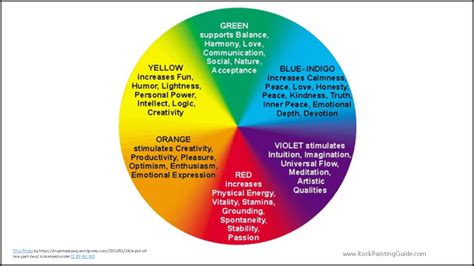How Many Years Until You're Truly Confident With Color?
The journey to color confidence is a personal one, with no single definitive answer to the question of "how many years?" It's less about a specific timeframe and more about the dedication to learning, practicing, and refining your understanding and application of color theory. While some might feel comfortable sooner, others may require a longer period of exploration. This article delves into the factors influencing your color journey and offers guidance on accelerating your progress.
What Factors Influence Color Confidence?
Several elements contribute to your personal timeline for developing color confidence:
-
Prior Experience: If you've had formal art training or extensive experience with color in a previous profession (e.g., graphic design, fashion), you may have a head start. Existing knowledge provides a solid foundation upon which to build.
-
Learning Style: Some people grasp color concepts quickly through visual demonstrations, while others benefit more from hands-on practice and experimentation. Understanding your learning style allows you to tailor your approach to maximize effectiveness.
-
Consistency of Practice: Regular engagement with color—whether through painting, drawing, photography, or interior design—is crucial. Consistent practice reinforces learning and builds muscle memory.
-
Feedback and Critique: Constructive criticism from peers, mentors, or instructors can illuminate blind spots and accelerate your progress. Don't shy away from seeking feedback, even if it's challenging to hear at times.
-
Personal Goals: Defining your aspirations with color—whether it's painting realistic portraits, designing vibrant websites, or coordinating harmonious room palettes—helps focus your efforts and motivates you to learn.
How to Speed Up Your Color Journey
While there's no magic formula, these strategies can significantly shorten the time it takes to gain color confidence:
-
Master the Fundamentals: Begin with a solid grasp of color theory, including the color wheel, color harmonies (complementary, analogous, triadic, etc.), and the impact of temperature (warm vs. cool colors). Numerous online resources and books are available to guide you.
-
Experiment Regularly: Don't be afraid to mix colors, test different palettes, and push your boundaries. Experimentation is key to discovering your own unique style and developing an intuitive understanding of color.
-
Analyze Masterpieces: Study the works of renowned artists. Observe how they use color to create mood, depth, and emotion. Analyze their color palettes and techniques to gain insights into effective color application.
-
Seek Inspiration: Explore diverse sources of color inspiration, including nature, fashion, architecture, and design. Pay attention to how color is used in different contexts and how it evokes specific feelings or associations.
How Long Does it Take to Learn Color Theory?
This is a common question, but the answer varies considerably depending on your background, learning style, and study habits. A dedicated individual might grasp basic color theory within a few weeks or months of focused study. However, truly mastering color theory and its nuanced applications is an ongoing process that can take years of continuous learning and refinement.
What are Some Common Color Mistakes Beginners Make?
Beginners often struggle with:
-
Over-saturation: Using too many bright, intense colors simultaneously can overwhelm the composition and create a visually jarring effect.
-
Lack of Contrast: Insufficient contrast between colors can make the work appear dull and lifeless.
-
Ignoring Color Temperature: Failing to consider the warm or cool nature of colors can result in an unbalanced or disharmonious palette.
-
Ignoring Value: Not understanding the relationship between light and dark values can hinder the creation of depth and three-dimensionality.
Conclusion: Embrace the Journey
The timeline for achieving color confidence is unique to each individual. Focus on consistent learning, experimentation, and seeking feedback. Embrace the journey, and celebrate your progress along the way. Remember that true mastery is a continuous process of growth and refinement. The more you engage with color, the more confident you will become.

